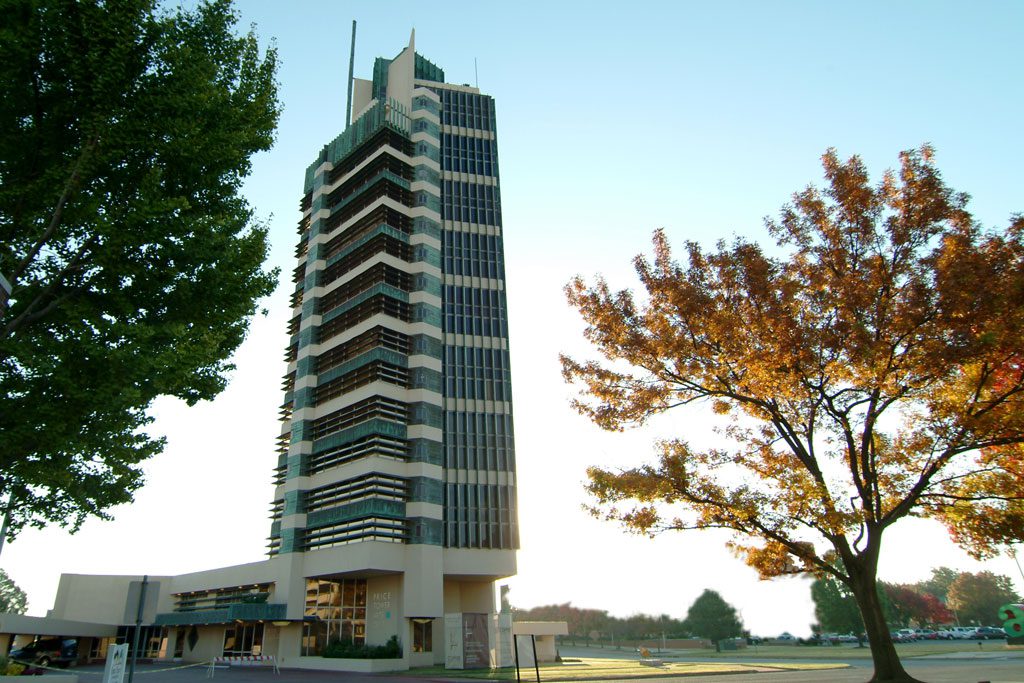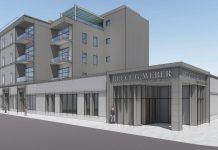
[dropcap]Many[/dropcap] thought Bartlesville would take a fatal body blow when Phillips Petroleum merged with Conoco and moved its headquarters to Houston in 2002.
After all, the Phillips family’s history is intertwined with Bartlesville’s. The Frank Phillips House (now a historical site) in town and his retreat 12 miles southwest (the Woolaroc Museum and Wildlife Preserve) are perpetual must-see destinations for this Washington County seat.
Phillips 66 employs over 1,000 people in Bartlesville (down from 6,000 at one time), but Bartians have shown a resolve that has led to an astonishing revitalization of its downtown.
 “Yes, we’re still called Bartians,” says Sherri Wilt, president of the Bartlesville Chamber of Commerce. “What else would we be called? But it’s said endearingly.”
“Yes, we’re still called Bartians,” says Sherri Wilt, president of the Bartlesville Chamber of Commerce. “What else would we be called? But it’s said endearingly.”
Here’s a sample evening of what can happen in downtown B-ville: craft brews and prairie-sized chicken-fried steak at the Painted Horse on (where else?) Frank Phillips Boulevard, then a play down the street and around the corner at Theater Bartlesville, an acclaimed community troupe, with nightcaps a few blocks south on the 15th floor of the Price Tower at the Copper Restaurant and Bar.
Oh, and about that Price Tower. With 19 floors, it’s the only skyscraper designed by world-renowned architect Frank Lloyd Wright that was actually constructed. Completed in 1956 for the H.C. Price Co., the tower is what Wright called “the tree that escaped the crowded forest” because he originally had the design in mind as a component for St. Mark’s Church-in-the-Bowery in New York.
Near the top of the Price Tower is The Inn, 19 glass-wrapped loft hotel rooms designed to match Wright’s signature work.
In addition to the Price Tower Arts Center and Theater Bartlesville, Dewey Avenue is the address for the home office of the annual OK Mozart International Music Festival (June 8-16 this year).
“Dewey is called The Arts Street by many of us,” says Joanie Elmore, managing director at Theater Bartlesville, which moved into its present space in 2002. “We want to get some street signs named that show that.”
Elmore has seen firsthand the dynamic growth that has transformed an area that could have easily gone the dreary way of many small-city centers.
“The addition of the retail stores and restaurants have changed the complexion of downtown,” she says. “There are also many young professionals and they’re very involved now. They’re bringing life back. They don’t run to Tulsa every weekend.”

























